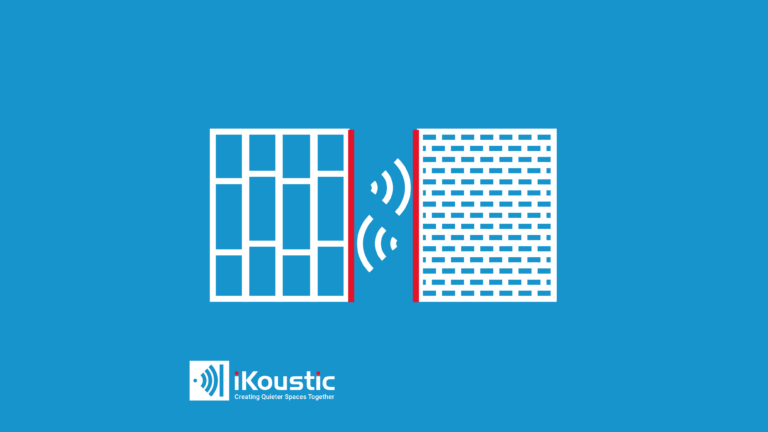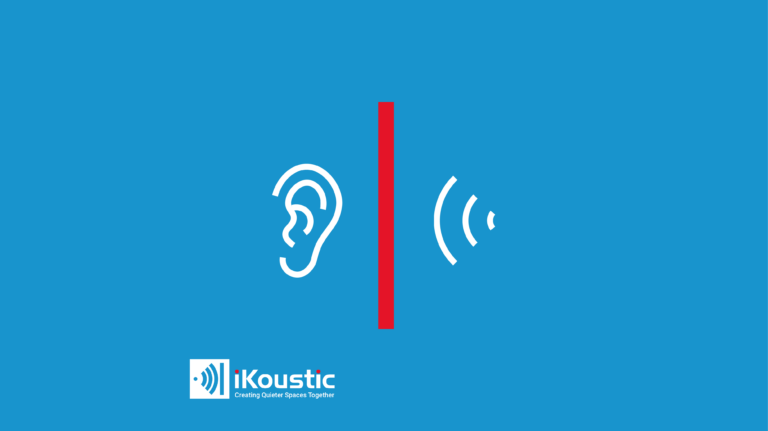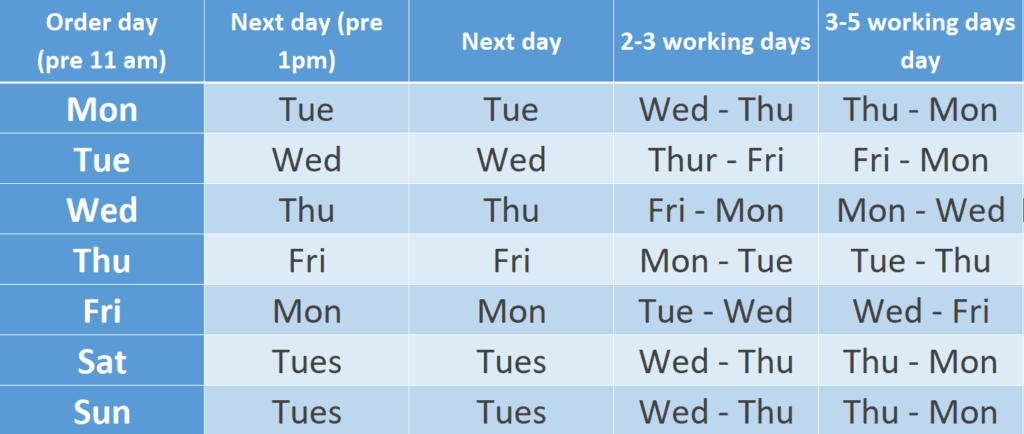Developments on our Acoustic Cradle, MuteCradle™
It has given us great pleasure to share our new ventures and developments in our soundproofing range with you over the previous five months.
Our recent introductions have been our MuteClip® (patent pending) acoustic clips and our MuteMat® under screeds and over screeds. We have also rebranded our MuteGym™ range, one that offers a broad range for even the most acoustically challenging gymnasiums.
In the process of developing these products, we wanted to make sure that what we offer to you answers your soundproofing questions and problems, answers that meet acoustic regulations such as Part E Building regulations, ones perfect for both home and workplace environments looking for peace of mind. And, also solutions for the most demanding environments with the use of high-powered machinery in factories in industry, right up to those specialising in audio focused spaces.
But, we want to talk about our MuteCradle™ range – our soundproofing cradles that offer maximum flexibility to create level floating floors, for both the decrease of airborne and impact noise, we will talk through these benefits below.
Improvements in the decrease of impact noise now have values between 4-5dB higher than previous, that in terms of acoustics is quite significant!
How is the MuteCradle™ tested?
Most, if not all of our acoustic testing both in the laboratory and in real-world environments are conducted under UKAS (United Kingdom Accreditation Services) conditions. UKAS is made up of strict guidelines that acoustic testing engineers, lab environments and testing equipment must follow to produce reliable results. One example of this is the stringent control the calibrating of acoustic equipment, let us say for instance that the microphone used during the testing is unresponsive to particular frequencies, or tilted to cut out or add to a specific frequency – this influences will not provide the most precise picture of the actual performance.
Let us see the details environment and how they were tested
- The floor partition held a 150 mm (6 inches) thick reinforced standard concrete floor (approx 365 kg/m2).
- The walking surface area of the floor is 3800 mm x 3720 mm (14.14 m2), with a ceiling area of 3330 mm x 3360 mm (11.19 m2).
- The concrete floor was overlaid by a cradle and batten flooring system consisting of MuteCradle™ 16/30 mm that joins a 10mm MuteMat™ 750-10 resilient pad, set out at 450 mm x 400mm centres.
- Each cradle supported 36 x 45 mm plywood battens set at 400 mm centres to which a walking surface of 18 mm P5 tongue-and-groove flooring grade chipboard was screwed,
- Knauf Earthwool (Acoustic Mineral Wool) 50mm cut to fit between the battens.
- A 10 x 100 mm flanking strip was incorporated at the perimeter of the floating floor.
- The floating floor void height was 56 mm, with a finished floor height of 74 mm.
There is significant control over the total environment of a laboratory, so this is something to bear in mind when applying them to situations that are not controlled, for example, when you want to soundproof a home. When a person above is roaming around in an upper floor apartment with no soundproofing, there are multiple paths the sound will travel through. When a floorboard is in direct contact with the wall or skirting board, this is where the vibration from the footsteps will transfer into those walls and travel both upwards, and down.
All surfaces controlled in a laboratory setting to reduce what is called ‘Flanking Transmission’ affecting the overall performance. In residential properties, it is these flanking paths that are often neglected and are the notable weak point for sound to travel through. These negatively impact the overall acoustic performance of the floor or ceiling ‘barrier’.
- Concrete constructions built with ‘pre-cast concrete’ are managed in controlled offsite environments and then assembled on site, these are more predictable, acoustically speaking, due to the quality of control in building each slab.
- The nature of poured concrete, and brick and timber structures offer less predictability due to having less control on-site. It is in these structures that the variation in results can span greater numbers that are uncertain of what is possible to achieve, even if room sizes and building materials appear to be similar to one another.

What did we find?
Our acoustic cradles results, under laboratory conditions, indicate what is possible to achieve in concrete structures under the mass given of 350kg per m3 with both MuteCradle™ options.
Improvements in the drop of impact noise now have values between 4-5dB higher than previous, that in terms of acoustics is quite significant!
We achieved this by using our new MuteMat® OSF 750-10 matting as the resilient base layer. There was a 1dB difference between our 16/30mm and 45/60mm, measuring 54Ln,w (Cl)dB and 53 Ln,w (Cl)dB respectively. If you are unsure of what this means you can read about acoustic testing on our blog, essentially you are seeking a lower number when displayed as an ‘Ln,w’, it is not a reduction figure. We always aim to state when it is a reduction figure, and this is where you desire a higher number.
When carrying out an acoustic test, you will find structures differ in acoustic characteristics from one to another. These differences are because of the variances found in building materials, quality of build, and flanking paths. There is no possible way, yet, of being able to determine an exact result, so we assist you by giving indications alongside the publishing of real-world results to incorporate as many variances as possible.
MuteCradle™ 16/30mm
| Impact Ln,w dB | Impact ΔLw (reduction) |
| 54dB | 27dB |
MuteCradle™ 45/60mm
| Impact Ln,w dB | Impact ΔLw (reduction) |
| 53dB | 28dB |
We’ve talked about the improvements found in impact transmission and what results have been achieved, but what other advantages make MuteCradle™ a great addition to your project?
Levelling your floor with less effort
Floor levelling is another vital consideration for concrete builds, there is the use of ‘camber’ which is a slight deviation of the floor level to reduce fluid build up, whether you require or can apply a screed, and making sure that you can accommodate adjoining spaces that aim to become a single room that present differing heights.
How MuteCradle™ can be of use in all of these is through the use of its alternating depths, 16-30mm is the standard sets on our smaller cradle and 45-60mm for the more significant cradle.
It is often the costly expense of screed, or the enduring of the long cure time of screed to be massive hindrances and easily solved by the specification of MuteCradle™ as an ideal replacement for all examples given above.
With the creation of a void underneath the new floating floor makes MuteCradle™ the ideal approach for soundproofing offices, it helps to harbour the running of cables and other services so that there is often no need for creating and boxing or trunking on walls and ceilings.

Resolving impact noise
We know that the improvements found in the testing offer higher performance in this area, but it is still a key feature of why MuteCradle™ is a substantial addition to any project looking to avoid the use of screed. The lesser points of contact that our soundproof cradles provide are essential, and it means that with any impact, noise or transfer of vibration is massively decreased in concrete structures.

Tackling airborne sound
Airborne noise is the movement of sound through air and requires a high mass to reduce its energy transferring from room to room. When a significant reduction of sound is needed, it is necessary to provide separation from the flooring partition to minimise low-frequency transference. MuteCradle™ offers this much-needed separation, and when featured in an acoustic system that includes dense soundproof materials alongside acoustic insulation between the battens, this provides the answer to resolving airborne noise issues.

Audio Focused Spaces
The importance of controlling low frequencies in audio environments is crucial. The reason for this is that with any structural borne vibration that is detected coming from studio and monitoring environments travels through the foundations and the flooring structure, completely bypassing any wall soundproofing in place. You would be best to install MuteCradle™ after the completion of the walls, as they will want to take priority covering the floor to ceiling. You will then install the MuteCradle™ as a ‘platform’ throughout the floor space using a Perimeter Flanking Band to reduce flanking back into the walls.








